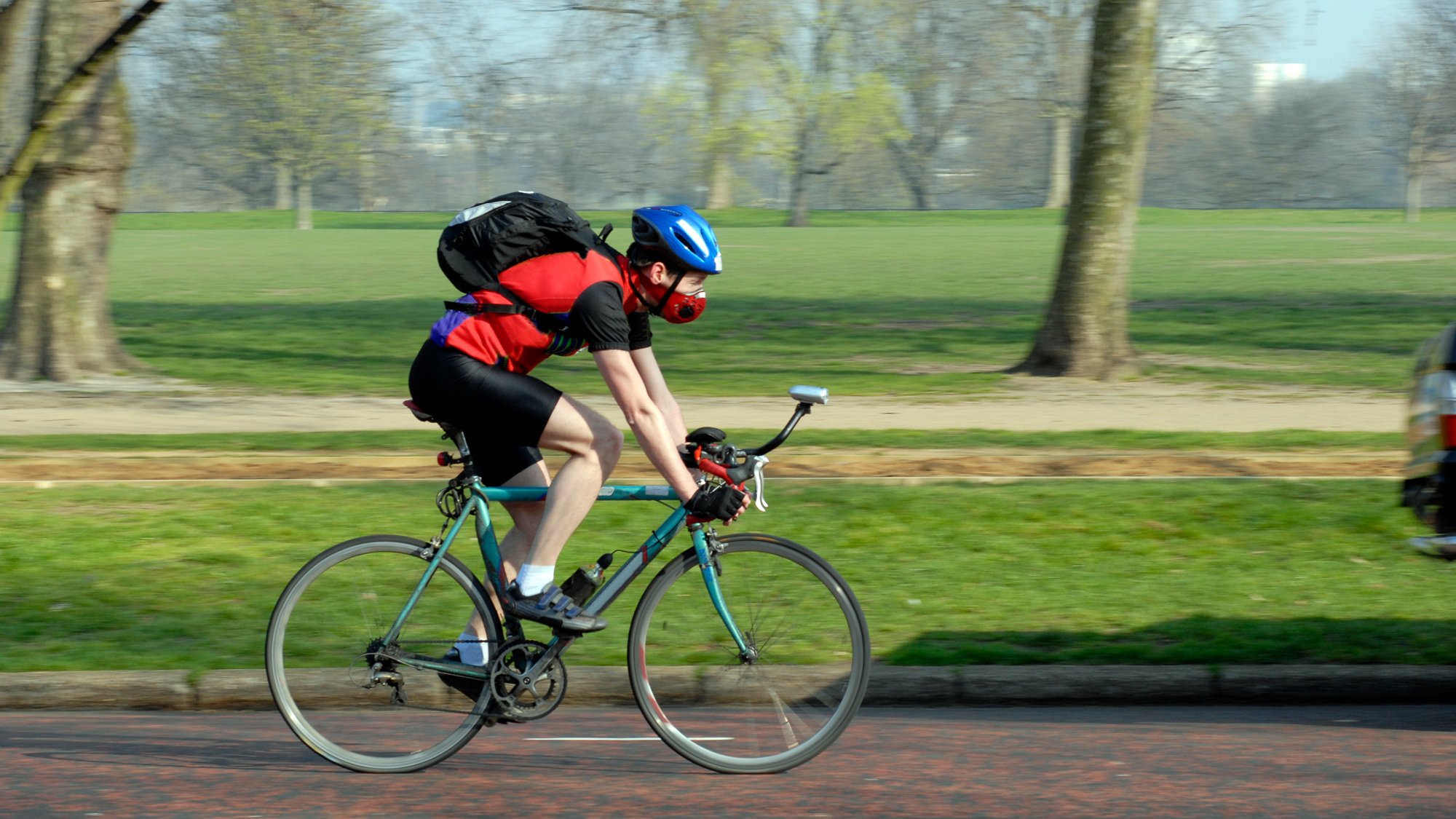Worldwide, cites are rethinking mobility, from driverless cars and self-flying taxis to 15-minute walkable cities. The future of mobility offers new possibilities for interaction, sustainability, accessibility and autonomy. These possibilities are exciting, but with change comes risk. As we revolutionise movement over the next few decades, we must prioritise the health and safety of people.
The link between mobility and health and safety has never been clearer. A healthy and safe city provides clean air through decarbonised fleets, improved road safety through redesigned urban infrastructure, and more inclusive places where all groups can benefit and participate in community life.
Since the pandemic, work from home, hybrid operations and on-demand delivery are changing urban mobility needs.
In Australia, cycling increased by up to 69 per cent compared to pre-Covid1, contributing to a reduction in harmful emissions at street level. On the downside, in 2020 there was a 24.33 per cent increase in cyclist fatalities compared to 20192.
These scenarios urge us to question the safety of our streets, public spaces and neighbourhoods. By considering them early in the planning process, we can use design to eliminate – or at the very least, significantly reduce – hazards and risks to people’s health. So, how do we balance our ambitions for the future with keeping people healthy and safe?
How design influences health and safety
To promote healthier and safer cities, we must align urban movement and placemaking with health and safety systems thinking. When we design using a health and safety system thinking lens, we can create multimodal neighbourhoods integrating cycling, ridesharing, walking and digital connectivity.
Community spaces will be inviting and accessible for all, while keeping citizens connected.
Across the globe, cities are adopting a human-centric approach to planning streets which values local communities and people’s perceptions and feelings toward a place. Publications like Walking for Everyone, advocate for inclusive, integrated and sustainable streets that support community life.
Fostering inclusion
Safer and healthier cities can also help create more inclusive places where all community groups can benefit and participate in community life.
Children are often described as the canaries in our cities. The amount of time a child spends playing outdoors, their ability to get around independently, and their level of contact with nature are strong indicators of how a city is performing.

However, two in three children in Australia aged two to 17 do not get the physical activity they need on all seven days of the week (Source: Australian Government). Safer streets can provide access to walk to and from school, opportunities for play and improved independence and wellbeing.
Cycling in many neighbourhoods is only accessible for experienced cyclists who put their safety at risk. In our recent survey of cyclists in Australia we found that 39 per cent of people said cycling was not inclusive in their local area. Safer, integrated streets can help reduce road fatalities and keep cyclists safe.
Safe and reliable mobility can also help the elderly to participate in community life. For example, Singapore’s East Coast Thompson Line rapid transport network reduces congestion, helping ageing citizens stay active and access critical health services. The Outram Park station is designed to connect citizens to a growing health precinct, close to ageing neighbourhoods with increasing healthcare needs.
Preparing for a healthy and safe future
As we imagine the future of mobility, we must question how new technologies will impact movement in our communities.
Positive change is possible through small, coordinated interventions that can scale and adapt to different local contexts. Interventions like Healthy Streets, an evidence based and holistic framework, can help professionals and the community improve the standard of street environments and evaluate performance. This framework can bring together designers and authorities to achieve safer and healthier outcomes for the community.
Ultimately, no matter what technology or transport mode we implement, the economics of safe and healthy choices pays off for the community, for business and the environment.
References:
1. Bicycling Australia: The data is in…cycling participation numbers are way up; Nat Bromhead
2. Statista: Cyclist deaths in Australia 2018-2022; Christopher Hughes
Tools to create healthier, inclusive communities
We have the tools and experience to help you visualise a space, identify problems before they arise and create safer, healthier and more integrated places where communities can thrive.
 ;
;

